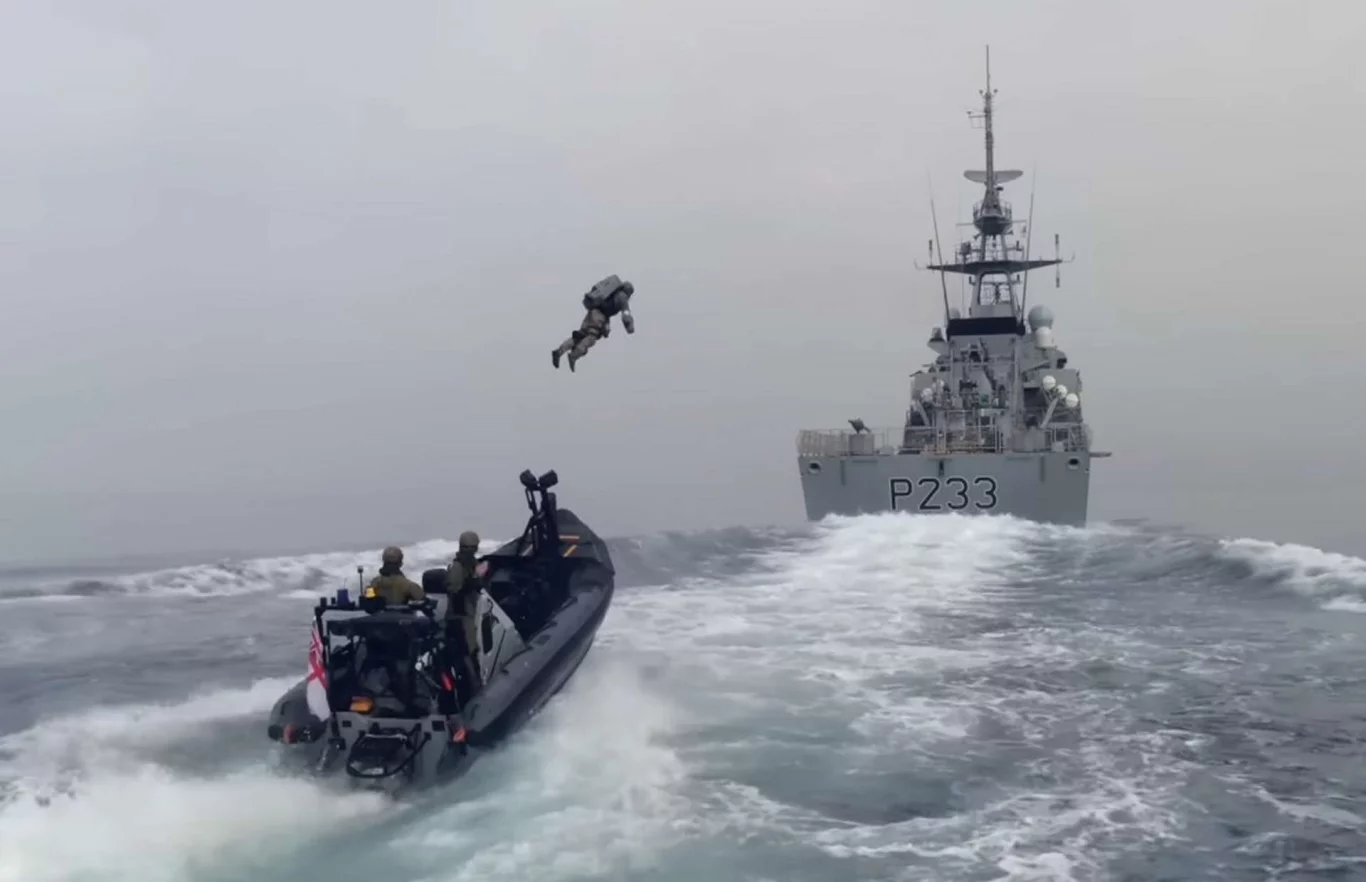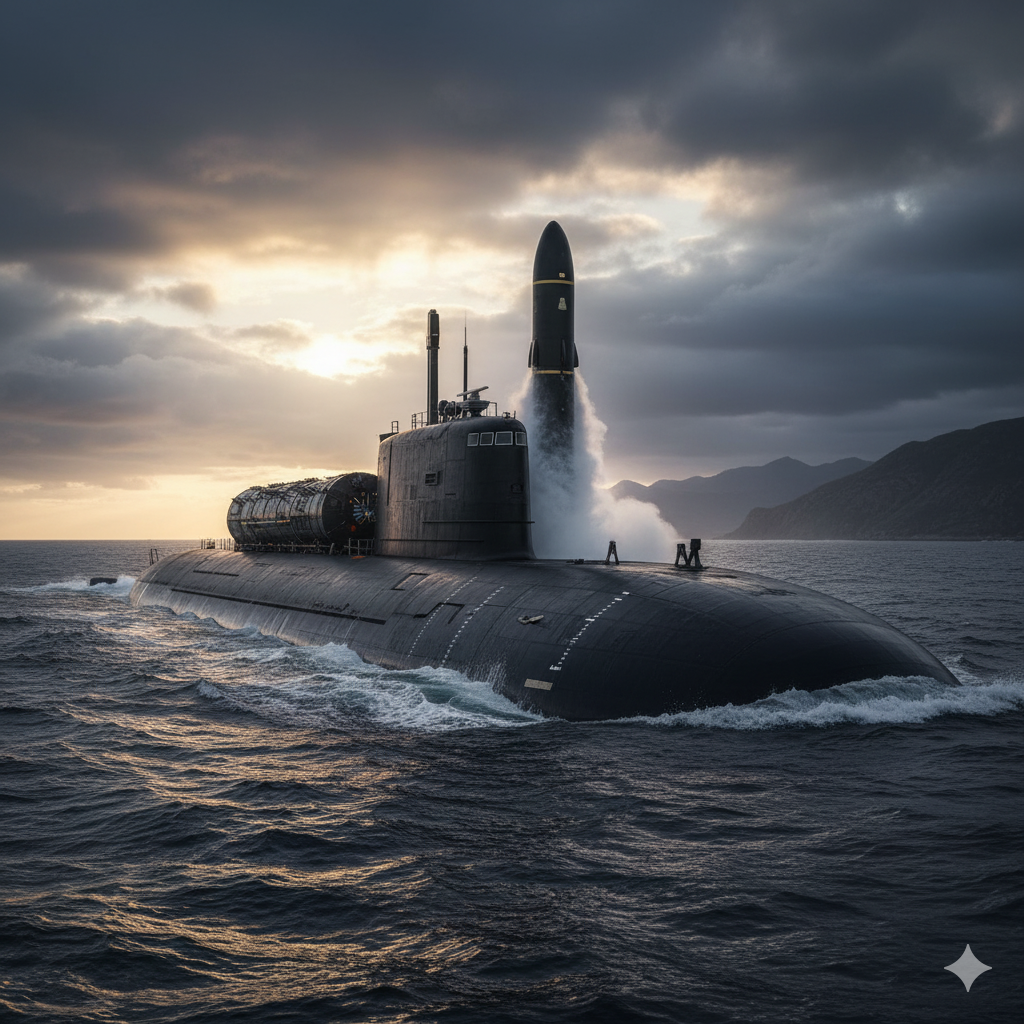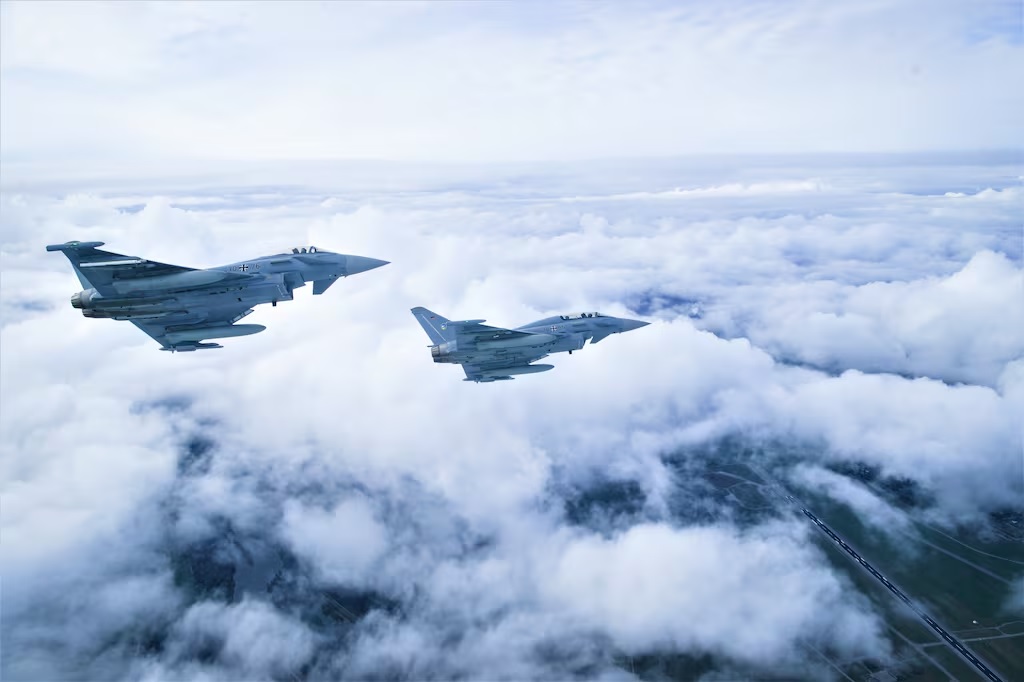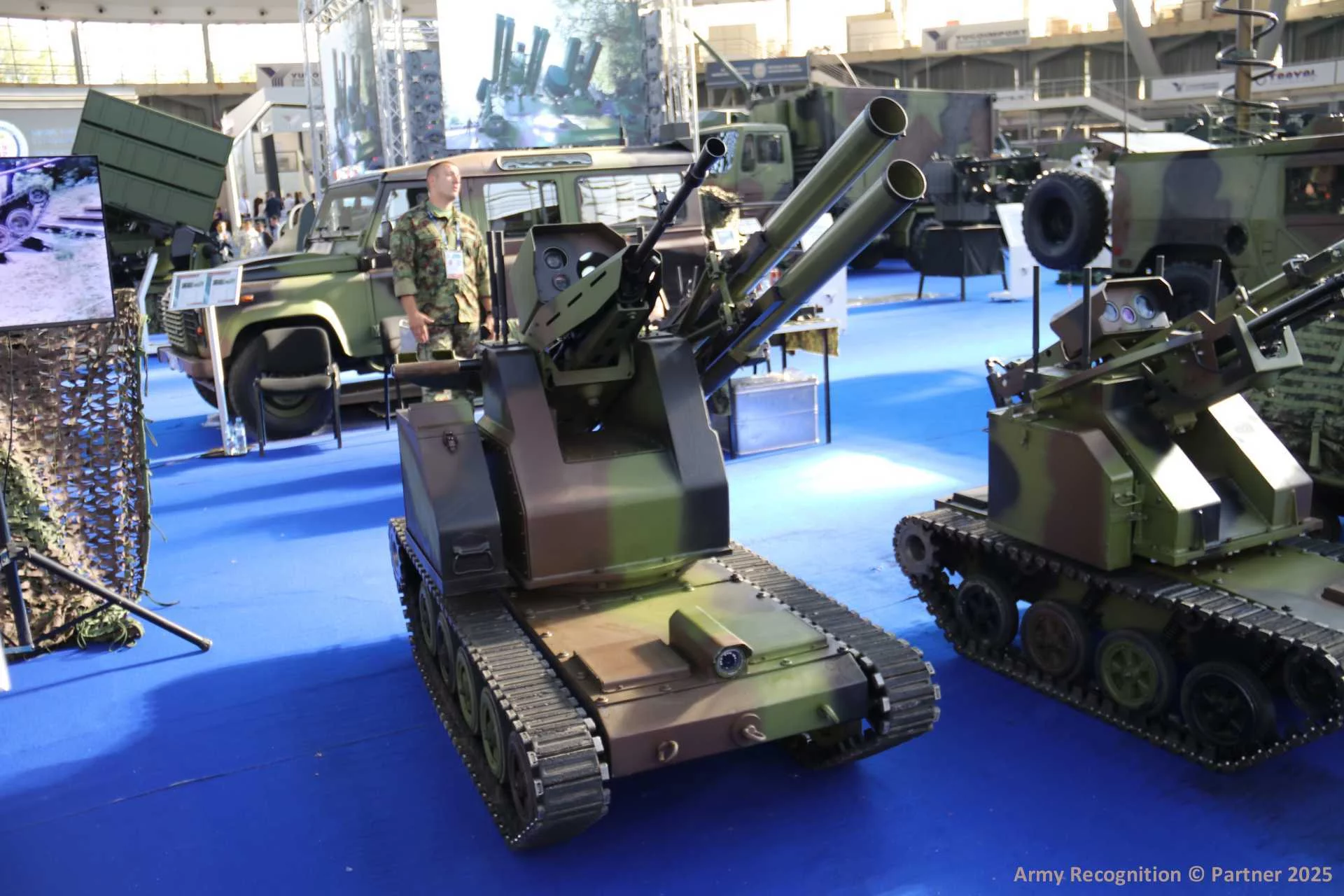The battlefield of tomorrow is often imagined as a realm dominated by autonomous drones, advanced robotics, and hyper-connected soldiers. Yet, a more visceral and perhaps even more revolutionary vision is now taking flight: the individual soldier, soaring above the terrain, defying gravity with personal propulsion systems. What once belonged to the pages of science fiction comics and blockbuster movies is rapidly edging closer to military reality, as armed forces globally intensify their exploration of jet suits and flyboards, seeking novel solutions to the ancient challenge of mobility in complex environments. This isn’t merely about speed; it’s about unparalleled tactical flexibility, bypassing obstacles, and rewriting the rules of engagement in ways conventional ground or air assets simply cannot.
For decades, the dream of personal flight has captivated inventors and strategists alike, promising a freedom of movement that could fundamentally alter reconnaissance, insertion, and combat roles. Now, propelled by advancements in lightweight engine technology, improved fuel efficiency, and sophisticated control systems, companies like Gravity Industries with their “Jet Suit” and Zapata with their “Flyboard Air” are demonstrating viable, if nascent, versions of these futuristic devices. These systems, designed for vertical take-off and landing (VTOL), allow a single operator to ascend, traverse varied landscapes, and descend with remarkable agility, offering a third dimension of maneuverability to ground forces previously reliant on cumbersome vehicles or slower foot patrols. It’s a testament to human ingenuity, pushing the boundaries of what a single soldier can achieve on the modern battlefield.
The military interest in these disruptive technologies stems from their potential to solve critical operational challenges, particularly in urban terrain and littoral environments. Imagine special operations forces rapidly breaching buildings from rooftops, rather than through predictable ground-level entry points. Consider the swift boarding of vessels at sea, or the seamless transport of critical supplies and medical personnel over impassable ground. Jet suits and flyboards offer a unique capability to navigate these complex scenarios, bypassing minefields, crossing rivers, scaling cliffs, or rapidly moving through densely packed urban areas that would otherwise slow down or completely halt traditional military units. This newfound vertical mobility provides an undeniable tactical advantage, enabling surprise, rapid repositioning, and enhanced situational awareness from an elevated perspective, potentially transforming everything from reconnaissance to direct action missions.
Various armed forces have already begun to seriously evaluate these platforms. The British Royal Marines, for instance, have openly experimented with Gravity Industries’ Jet Suit for maritime boarding operations, demonstrating its potential for rapid ship-to-ship or ship-to-shore deployment, far faster and less detectable than traditional methods. Similarly, the United States Special Operations Command (USSOCOM) has shown keen interest, recognizing the potential for these systems to enhance the stealth and agility of their elite operators in high-stakes missions. These trials are not just about proving the technical feasibility but also about understanding the human factors involved, assessing the training requirements, and determining how best to integrate such revolutionary mobility solutions into existing military doctrine and operational frameworks. The goal is to move beyond proof-of-concept demonstrations to a point where these devices can provide a tangible, reliable capability in demanding combat scenarios.
However, the path to widespread military adoption is not without its significant hurdles. Foremost among these are the practical limitations of current technology. Noise signature remains a considerable tactical disadvantage; a roaring jet suit would instantly betray a soldier’s position, negating any element of surprise. Endurance and payload capacity are also critical concerns. Current systems typically offer limited flight times, often measured in mere minutes, and can only carry the operator and minimal gear. For these technologies to be truly viable in combat, they would need vastly extended operational durations and the ability to carry substantial loads, including weapons, ammunition, specialized equipment, or even to assist in casualty evacuation. Furthermore, the inherent vulnerability of an exposed operator in the sky, combined with the complexities of maintenance and logistics for specialized fuel and parts, presents considerable challenges for large-scale deployment.
The integration of such novel tools into existing military structures also demands careful consideration. Beyond the technological aspects, there are profound questions about training, safety protocols, and the psychological impact on soldiers operating in such an unconventional manner. Pilots would require extensive, specialized training to master these complex systems, and the risks associated with mechanical failure at altitude are significant. Nevertheless, the compelling advantages these systems offer in specific, niche roles—such as special reconnaissance, quick reaction forces, emergency medical response in disaster zones, or covert insertion into difficult terrain—continue to fuel military research and development. Ongoing efforts are focused on developing quieter propulsion systems, exploring alternative fuels for increased endurance, improving stabilization and control for ease of use, and potentially incorporating autonomous flight capabilities to reduce pilot workload.
In conclusion, while jet suits and flyboards are still in their infancy from a military operational standpoint, their potential to revolutionize personal mobility on the battlefield is undeniable. The journey from audacious concept to deployable combat asset is long and fraught with engineering, logistical, and doctrinal challenges. Yet, the persistent exploration by armed forces underscores a fundamental shift in defense thinking: an openness to disruptive technologies that can provide asymmetric advantages and keep pace with the evolving complexities of modern warfare. As these technologies mature, promising greater endurance, quieter operation, and enhanced capabilities, the sight of soldiers soaring above the fray may transition from a futuristic fantasy to a pragmatic reality, forever changing the face of military operations and individual combat mobility.




